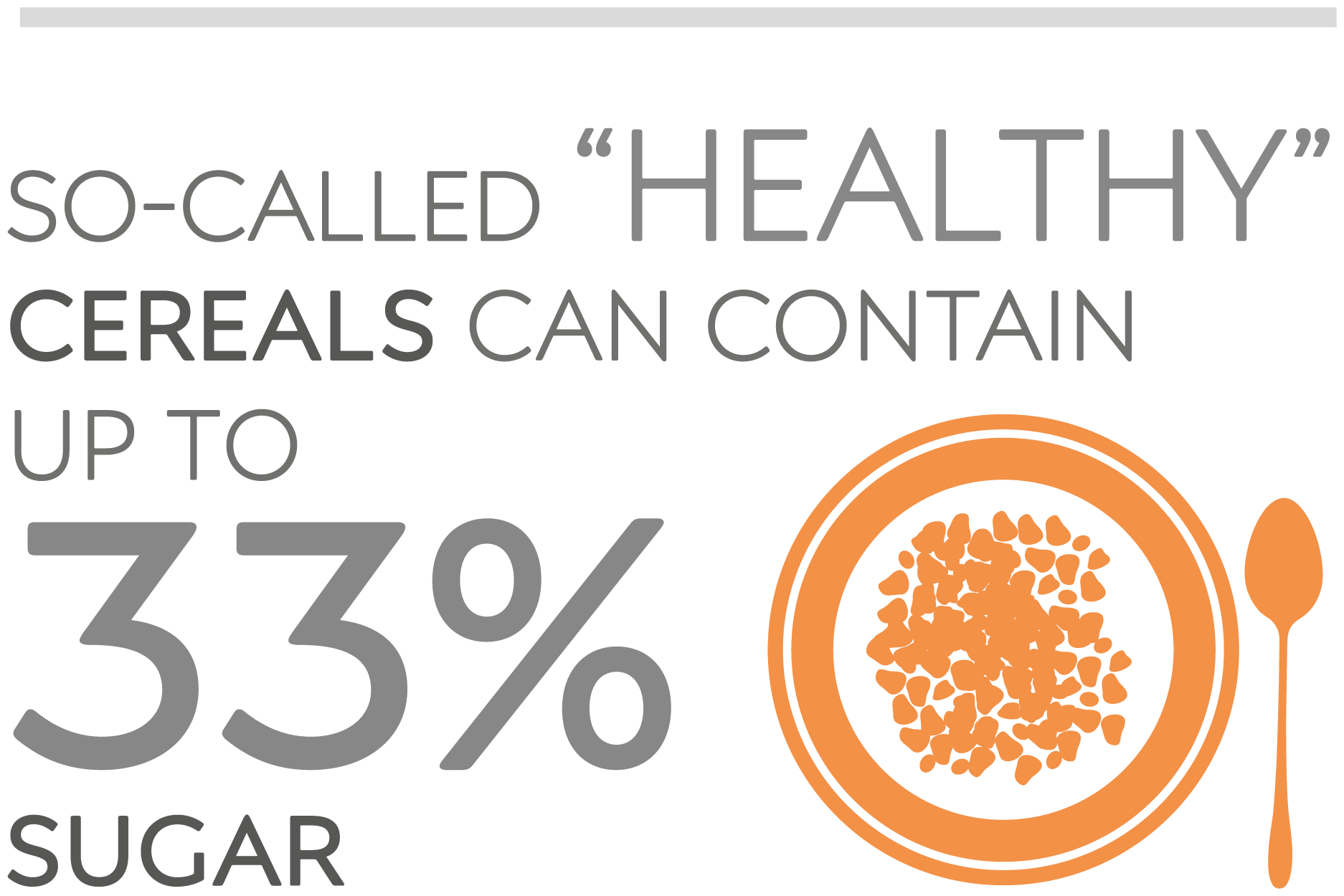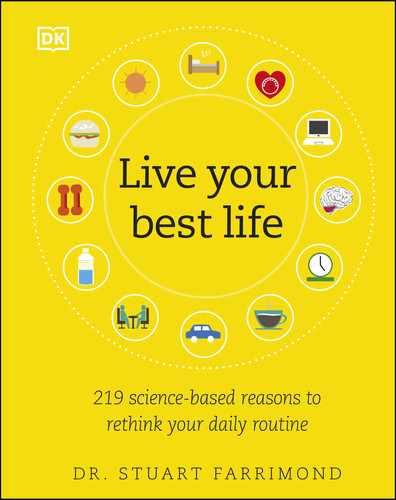What’s the Healthiest Breakfast Cereal?
Don’t be deceived by the images on your cereal box of alpine vistas, ripe fruits, and shiny nuts—what’s inside may turn out to be far from wholesome.
The packaging on breakfast cereal brands can be deceiving; words such as “granola” and “natural” are not guarantees that the contents will be health-enhancing. Instead, look at the ingredients and nutrition information, usually given in a table. Most modern-day breakfast cereals contain high amounts of sugar.
Avoid highly processed products such as flakes and hoops. The body absorbs these too quickly because the starches are partly broken down during processing.
Aim instead for minimally processed grains, such as porridge, oatmeal, or low-sugar mueslis—these provide a longer-lasting supply of fuel throughout the morning.
Most ready-to-eat breakfast cereals contain a range of added vitamins, minerals, and fiber, which offer a nutritional safety net for picky eaters. This “fortification” is not necessarily an indicator of better or healthier cereals, though—many of these nutrients were in the cereals in the first place but were stripped away during the products’ heavy processing. Some synthetic nutrients, such as iron, may not even be absorbed by the body as well as they would have been from the whole food.
Try making your own cereals using fruits, seeds, and nuts.

Breakfast cereals were once tasteless affairs, quite unlike the heavily sweet ones we are used to today. When the entrepreneurial brother of corn flakes’ inventor JH Kellogg decided to add sugar to their product, premade cereals became the go-to morning meal for the masses. Since the early 1920s, breakfast cereal makers have gradually increased levels of salt, sugar, and flavorings to tantalize consumers’ taste buds.
